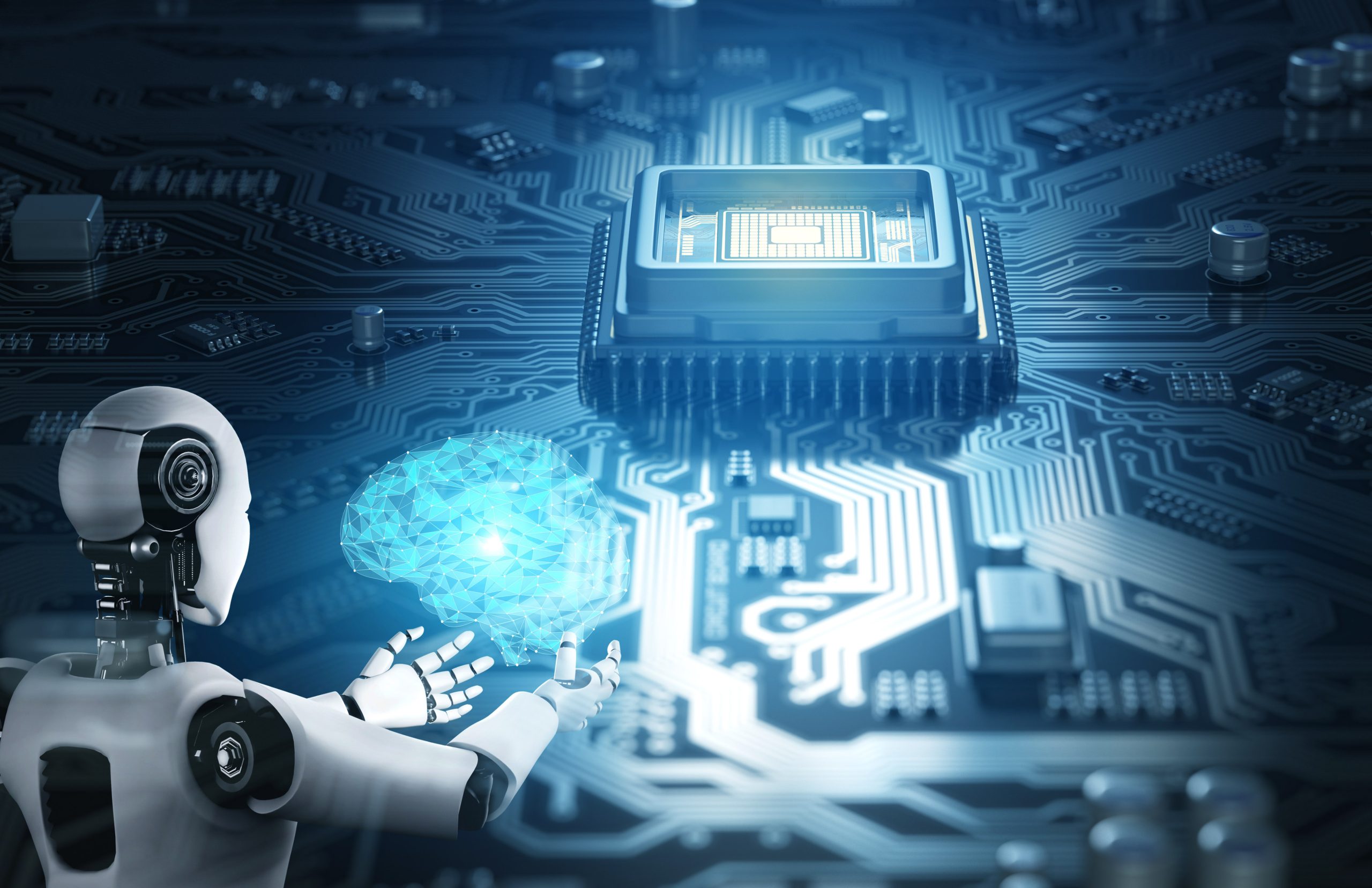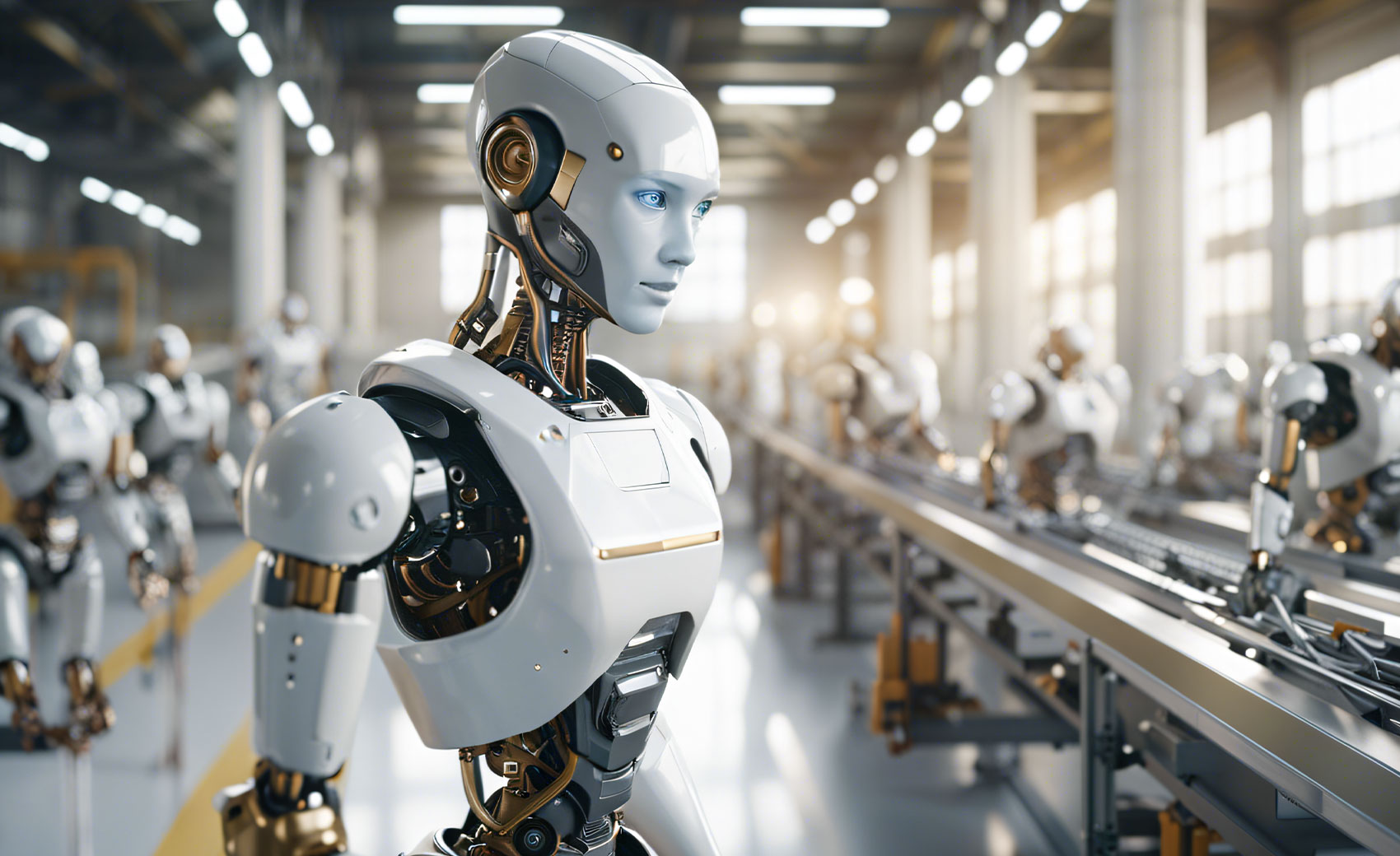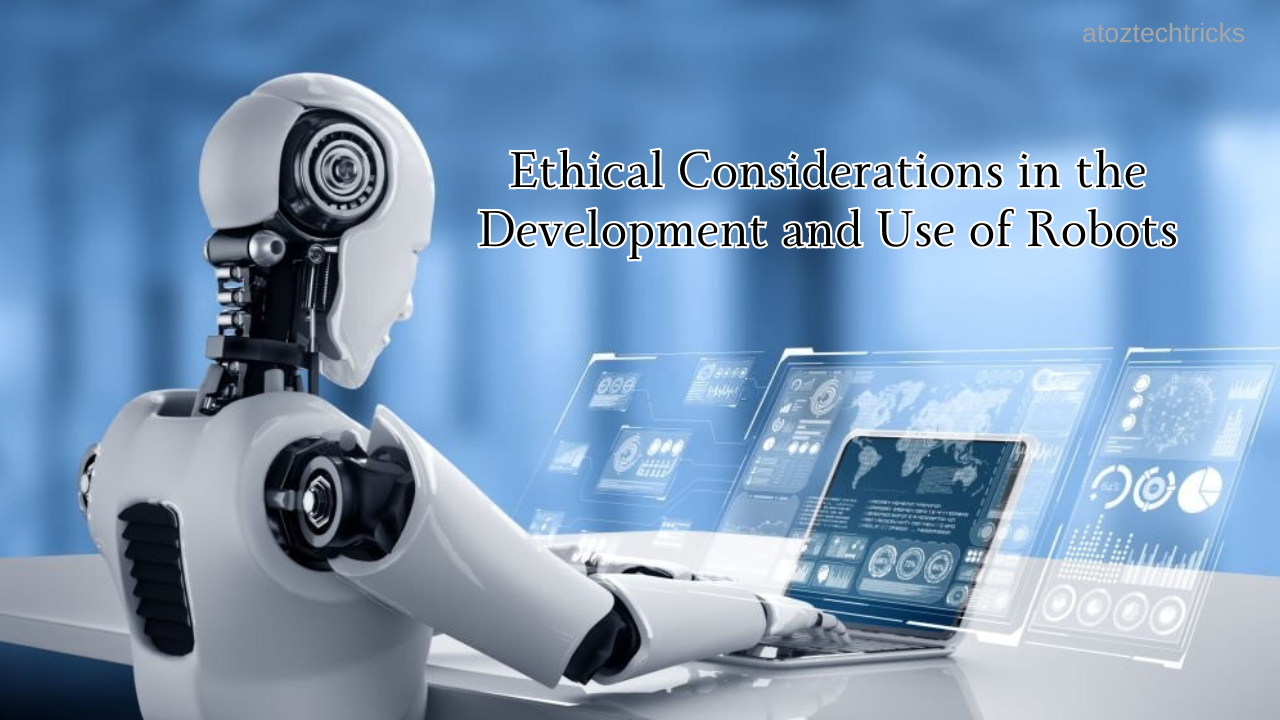Ethical Considerations in the Development and Use of Robots
The rapid advancement of robotics and artificial intelligence (AI) has revolutionized multiple sectors, from manufacturing and healthcare to transportation and entertainment. However, the development and integration of robots into society raise significant ethical concerns that must be addressed to ensure that these technologies benefit humanity while minimizing potential harm. This article explores the ethical considerations in the development and use of robots, focusing on issues such as autonomy, accountability, privacy, security, job displacement, human-robot interaction, and the broader societal impact.
1. Autonomy and Decision-Making
One of the most pressing ethical concerns in robotics is the degree of autonomy granted to robots, particularly those equipped with AI. Autonomous robots are designed to perform tasks without human intervention, which raises questions about their decision-making processes. As robots become more capable of making independent decisions, it is crucial to consider the ethical implications of their actions.
a. Moral Decision-Making
A significant challenge in developing autonomous robots is programming them to make ethical decisions. For example, in the case of self-driving cars, an ethical dilemma may arise when the vehicle must choose between two harmful outcomes, such as hitting a pedestrian or swerving into oncoming traffic. How should a robot prioritize human lives? Should it be programmed to minimize overall harm, or should it value certain lives more than others? These are complex moral questions that require careful consideration.
Government Regulations and Policies Surrounding Biotechnology Research and Development
b. The Role of Human Oversight
To address ethical concerns, many argue that robots should not be entirely autonomous but should operate under some level of human oversight. This would ensure that human values and ethical principles guide their actions. However, defining the appropriate level of oversight is challenging, as too much human intervention may negate the benefits of automation, while too little could lead to unintended consequences.
2. Accountability and Responsibility
As robots take on more responsibilities, determining who is accountable for their actions becomes increasingly complex. If a robot causes harm, who is responsible? Is it the manufacturer, the programmer, the user, or the robot itself? This question is particularly relevant in the context of autonomous weapons and self-driving cars.
a. Legal Accountability
Current legal frameworks are not well-equipped to handle the unique challenges posed by autonomous robots. In many cases, existing laws attribute responsibility to the human operator or owner of a robot. However, as robots become more autonomous, this approach may become less appropriate. Legal scholars and policymakers must consider how to adapt existing laws or create new ones to address the issue of accountability in robotics.
b. Ethical Accountability
Beyond legal considerations, there is also the question of ethical accountability. Should robots be held to the same ethical standards as humans? If so, how can we ensure that they adhere to these standards? One approach is to develop ethical guidelines for the design and use of robots, which would help ensure that they behave in ways consistent with societal values.

3. Privacy and Data Security
Robots, particularly those equipped with sensors and AI, have the potential to collect vast amounts of data about their environment and the people they interact with. This raises significant privacy and data security concerns.
a. Data Collection and Consent
Robots can collect data in various ways, such as through cameras, microphones, and other sensors. This data can be used to improve the robot’s performance or provide personalized services. However, there is a risk that this data could be misused or accessed by unauthorized parties. Ensuring that data is collected with the informed consent of individuals and that it is stored and processed securely is essential to addressing these concerns.
b. Surveillance and Intrusion
The use of robots for surveillance purposes, whether by governments or private entities, raises ethical questions about the potential for invasion of privacy. For example, drones equipped with cameras can be used to monitor public spaces, but they can also be used to surveil individuals without their knowledge or consent. Striking a balance between the benefits of surveillance (e.g., crime prevention) and the protection of individual privacy is a critical ethical challenge.
4. Security and Safety
As robots become more integrated into society, ensuring their security and safety is paramount. A malfunctioning or hacked robot could cause significant harm, whether through physical actions or by compromising sensitive data.
a. Preventing Malfunctions
Robots, like any other technology, are susceptible to malfunctions. In some cases, these malfunctions could lead to dangerous situations, such as a factory robot injuring a worker or a self-driving car causing an accident. Developers must prioritize safety in the design and testing of robots, ensuring that they can operate reliably and that appropriate fail-safes are in place.
b. Protecting Against Cyberattacks
As robots become more connected to the internet and other networks, they are increasingly vulnerable to cyberattacks. A hacker could potentially take control of a robot and use it to cause harm or steal sensitive information. Ensuring that robots are equipped with robust cybersecurity measures is essential to protecting both individuals and society as a whole.
5. Job Displacement and Economic Impact
The rise of robots and automation has led to concerns about job displacement and the broader economic impact. While robots can increase efficiency and productivity, they can also lead to job losses, particularly in industries that rely heavily on manual labour.
a. Displacement of Workers
Robots are capable of performing tasks that were once the domain of human workers, from manufacturing and logistics to customer service and healthcare. This has the potential to displace a significant number of workers, leading to unemployment and economic inequality. Policymakers and business leaders must consider how to mitigate the negative impact of automation on workers, such as through retraining programs or social safety nets.
b. The Future of Work
The integration of robots into the workforce is likely to change the nature of work itself. As robots take over routine and repetitive tasks, human workers may be required to focus on more complex and creative roles. This shift could lead to new opportunities for innovation and economic growth, but it also raises questions about how to ensure that all members of society can benefit from these changes.

6. Human-Robot Interaction
As robots become more prevalent in everyday life, understanding the dynamics of human-robot interaction is essential. Ethical considerations in this area include the potential for robots to influence human behaviour, the emotional impact of interacting with robots, and the development of trust between humans and robots.
a. Influence on Human Behavior
Robots have the potential to influence human behaviour in various ways. For example, social robots designed to interact with humans could be used to promote positive behaviours, such as encouraging healthy habits or providing companionship to the elderly. However, there is also a risk that robots could be used to manipulate or deceive people, particularly if they are designed to mimic human emotions and behaviours.
b. Emotional Impact
Interacting with robots can have a significant emotional impact on individuals, particularly if the robots are designed to be lifelike or to form emotional connections with humans. This raises ethical questions about the potential for emotional exploitation. For example, if a robot is designed to provide companionship to the elderly, is it ethical to create a machine that mimics human emotions and relationships? What are the potential psychological effects on individuals who form emotional bonds with robots?
c. Trust and Dependence
Building trust between humans and robots is essential for the successful integration of robots into society. However, there is a risk that people may become overly dependent on robots, leading to a loss of important skills or a diminished sense of autonomy. Developers and policymakers must consider how to strike a balance between fostering trust in robots and ensuring that humans remain in control of their interactions with these machines.
7. Broader Societal Impact
The widespread adoption of robots has the potential to transform society in profound ways. While robots can offer significant benefits, they also raise broader ethical questions about the direction of societal development and the potential for unintended consequences.
a. Social Inequality
The development and use of robots could exacerbate existing social inequalities. For example, wealthier individuals and countries may have greater access to advanced robots, leading to a widening gap between the rich and the poor. Additionally, the displacement of workers by robots could disproportionately affect certain demographics, such as low-skilled workers or those in developing countries. Addressing these potential inequalities is a critical ethical challenge that must be considered in the development and deployment of robots.
b. Impact on Human Relationships
The increasing presence of robots in society could have a significant impact on human relationships. For example, the use of robots for caregiving or companionship could change the nature of family dynamics or reduce the need for human interaction. While robots can provide valuable services, it is important to consider how their use might affect the quality and depth of human relationships.
c. Ethical Considerations in Military Robotics
The use of robots in military applications raises particularly challenging ethical questions. Autonomous weapons, for example, could be used to carry out attacks without human intervention, raising concerns about accountability, the potential for unintended casualties, and the risk of escalating conflicts. The development of military robots must be guided by strict ethical principles to ensure that their use does not lead to unnecessary harm or destabilize global security.
Biotechnology and Agriculture: Transforming the Future of Food Production
8. The Role of Ethical Guidelines and Regulations
To address the ethical challenges associated with the development and use of robots, it is essential to establish clear ethical guidelines and regulations. These guidelines should be developed in collaboration with experts from various fields, including robotics, ethics, law, and sociology, to ensure that they are comprehensive and well-informed.
a. Ethical Guidelines for Developers
Developers of robots should adhere to ethical guidelines that prioritize safety, transparency, and respect for human rights. These guidelines should include principles for designing robots that are safe, reliable, and secure, as well as for ensuring that they operate in ways that are consistent with societal values. Developers should also consider the potential long-term impacts of their creations and strive to create robots that contribute positively to society.
b. Regulatory Frameworks
Governments and international organizations have a critical role to play in developing regulatory frameworks that address the ethical challenges of robotics. These frameworks should establish clear standards for the development, deployment, and use of robots, including requirements for safety, accountability, and transparency. Additionally, regulations should be flexible enough to adapt to the rapid pace of technological change while ensuring that ethical considerations remain at the forefront of robotics development.
c. Public Engagement and Dialogue
Engaging the public in discussions about the ethical implications of robotics is essential for ensuring that societal values are reflected in the development and use of these technologies. Public dialogue can help to identify concerns, build trust, and promote a more inclusive approach to the ethical challenges of robotics. By involving a diverse range of stakeholders in these discussions, we can work towards a future in which robots are developed and used in ways that benefit all members of society.
The development and use of robots present a range of ethical considerations that must be carefully addressed to ensure that these technologies are used in ways that benefit humanity. From questions of autonomy and accountability to concerns about privacy, security, and societal impact, the ethical challenges of robotics are complex and multifaceted. By establishing clear ethical guidelines, regulatory frameworks, and public engagement, we can work towards a future in which robots are developed and used responsibly, contributing to the well-being of individuals and society as a whole.




Post Comment